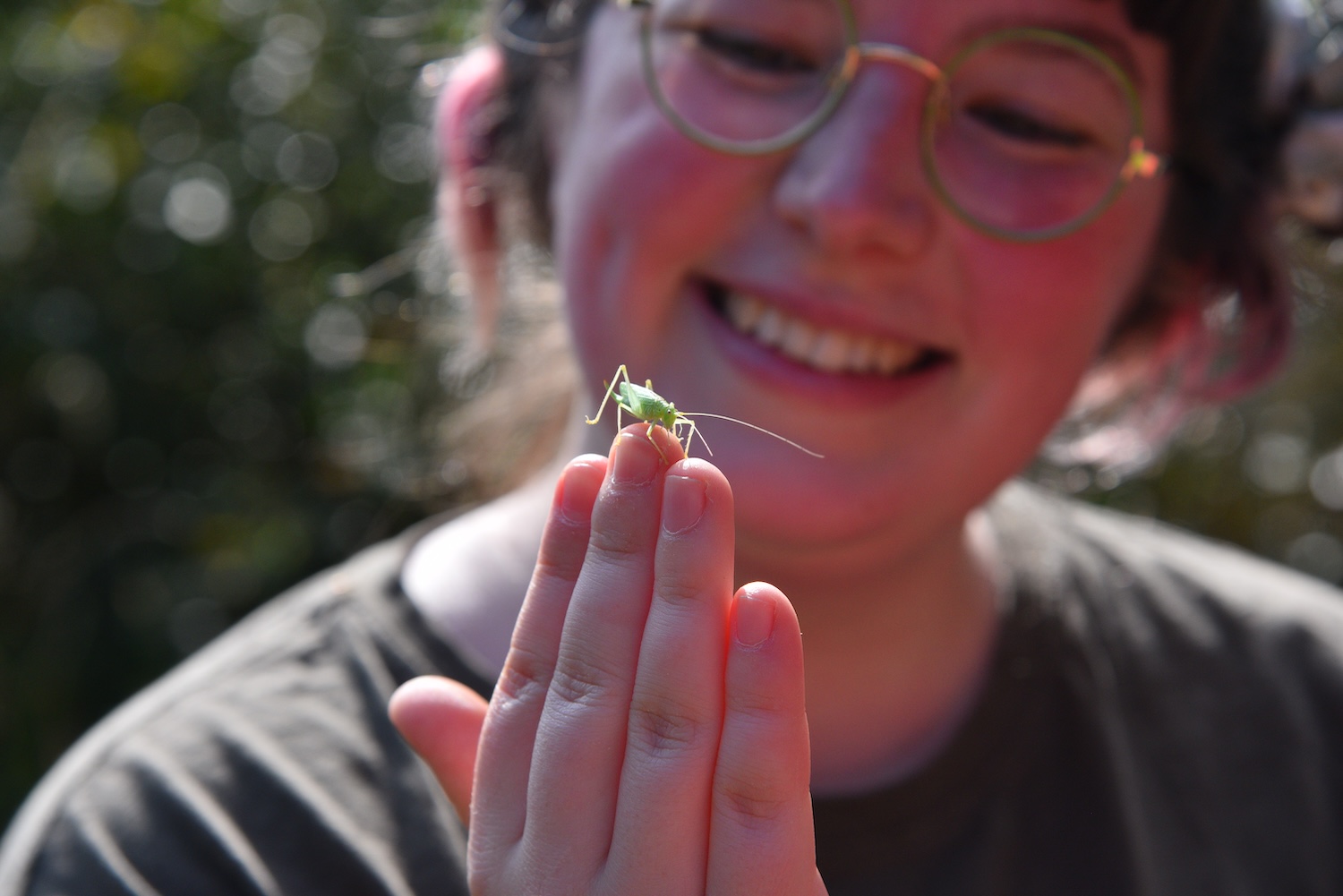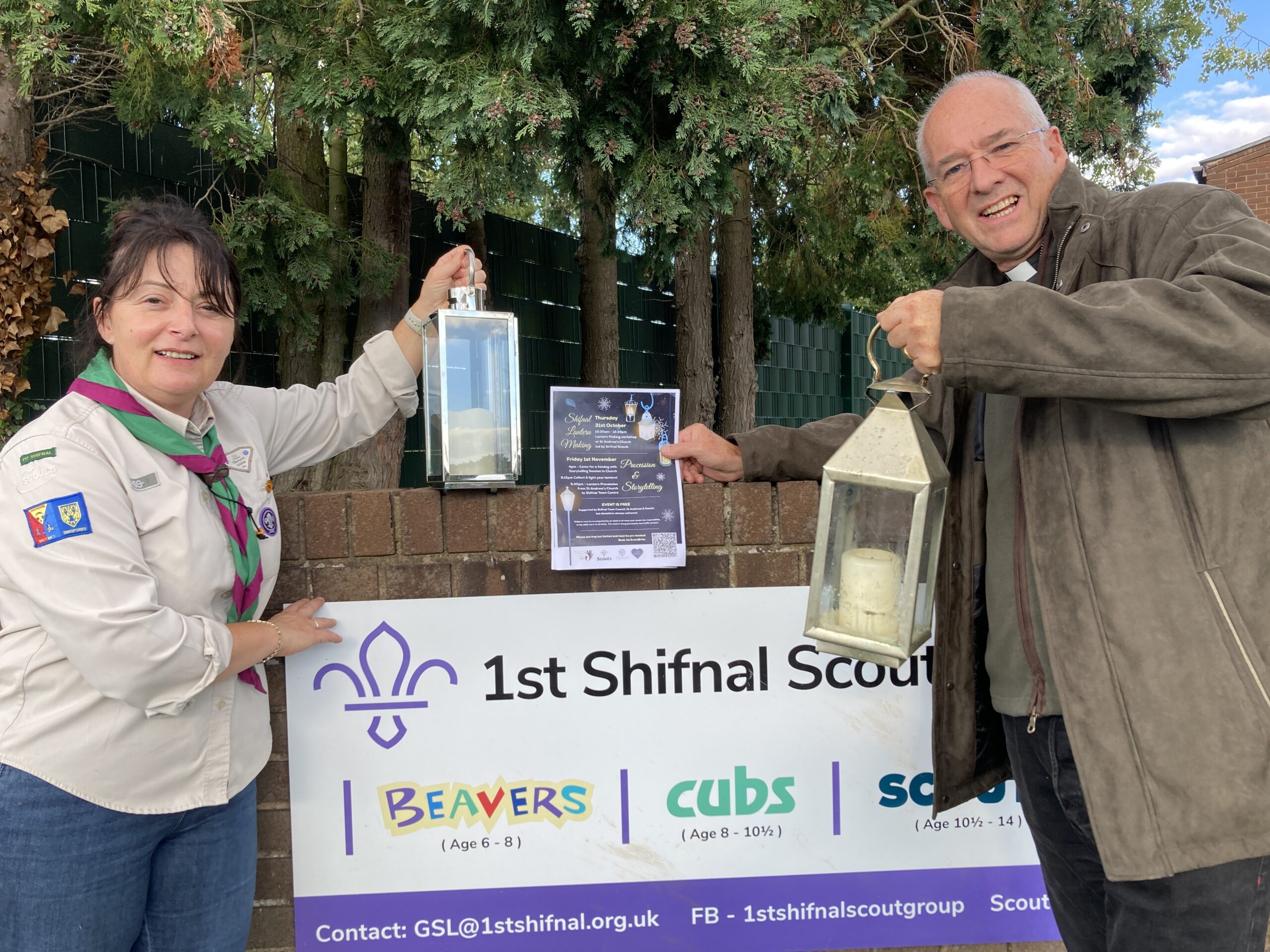The landscape around Chorley, near Bridgnorth, folds into gentle hills. Sheep-grazed pasture and timber-framed cottages, lost in time, give the area a typically ‘English’ feel. The peaceful rural scene would once have looked very different.
The area is dotted with disused mines that used to harvest the vast Wyre Forest Coalfield. The geology of this part of Shropshire is internationally important and it falls within the Abberley and Malvern Hills Geopark.
Bush Wood and High Wood are two woodlands near Chorley. They form part of a large woodland complex, much of which has been designated a Site of Special Scientific Interest because of the high conservation value. The canopy trees are predominantly sessile oak. The leaves lack the ear-like ‘auricles’ of pedunculate oak. Both oaks are native species, but sessile oak is more common in the north and west of Britain.
I do not see another soul. These are lonely woods. The only sound is bird song. I can hear blue tit, great tit, nuthatch, song thrush and blackbird. A tiny wren flies between the bramble patches. This is a busy time of year for the male wren. He must build several nests before the female chooses her favourite.
The woodlands are crossed by several streams. All are on the way to join up with the mighty Severn. On the stream-side, oaks give way to alder. These trees thrive in the damp and fertile soil. Some plants, such as the moss Thuidium tamariscinum that covers the log and the hard fern that grows next to the water, are permanent, evergreen features of the woods. Others are fleeting visitors, blooming briefly in the spring sunlight before the canopy of the woodland closes over and plunges the habitat into darkness. The tiny, wine glass-shaped plants of dog’s mercury pierce through the brown leaves on the forest floor, as if to toast the arrival of spring. A patch of golden saxifrage glows in the sunshine. These flowers may not be showy but they have a subtle, under-stated beauty. They have not been planted and can tell a story about the habitat in which they are growing.
Both golden saxifrage and dog’s mercury are ‘ancient woodland indicator’ species. They are slow colonisers and have a strong affinity to sites that have been continuously wooded since AD1600. Other ancient woodland indicator species are in leaf and will soon flower. I pick a three-lobed leaf of wood sorrel and chew it. The leaf is full of oxalic acid and tastes tangy. Ancient woodland indicators can highlight woodlands of conservation significance.
Other wildflowers will only grow on acidic or calcareous soils so are useful indicators of underlying geology. Rosebay willowherb is known as fireweed because it often grows on sites of old forest fires. One of the most inspiring examples of how a wildflower can tell a story is the poppies of Flanders Field. A Canadian soldier fighting in the First World War named John McCrae noticed these flowers blooming on the disturbed ground where soldiers had been buried, and where the soil had been disturbed by fighting. Poppy seed can lie dormant in the ground for many years. It only germinates when the ground is disturbed (normally by ploughing). McCrae was inspired to write one of the most famous poems from the First World War.
Wildflowers describe habitats. These habitats are built upon relationships between plants and animals. They are a system. Many conservation initiatives fail because they consider a rare species in isolation from its habitat.
Some relationships in the natural world are obvious. The marshy area next to the track in Bush Wood provides a perfect habitat for frogspawn that glistens in the sunlight. A dead silver birch tree that stands next to the path is peppered with holes where a woodpecker has been feeding. Other relationships are more subtle. A bramble leaf is decorated with a snaking white line. It looks like someone has drawn on the leaf in chalk. This is known as a leaf mine and is where a tiny moth has excavated a home in the leaf. The honeysuckle that winds around the hazel tree is starting to produce fresh growth. This is the only foodplant of a rare butterfly called the white admiral. This insect is at the northern-most limit of its range, but still thrives in these peaceful and beautiful woodlands.
Do one thing for wildlife this month: If you would like to explore the woodlands around Chorley and witness the fantastic display of spring wildflowers, why not don your walking boots? The Stotty Strollers have created some wonderful way-marked walking routes that showcase the hidden gems of this area. Visit their webpage atwww.stottystrollers.org.uk/Home/ for more details. The walks generally finish near one of the village pubs. Now that is my sort of walking!





